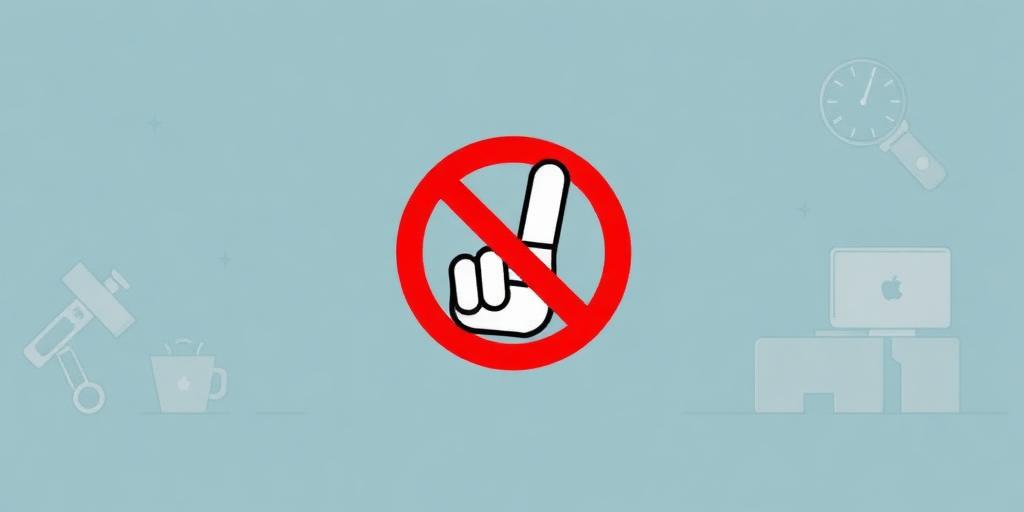The 80/20 Rule, formally known as the Pareto Principle, stands as a cornerstone of efficiency and strategic thinking. First observed by Italian economist Vilfredo Pareto in 1896, this principle posits that, for many events, roughly 80% of the effects come from 20% of the causes. While not a strict mathematical law, its pervasive applicability across diverse fields—from business and economics to personal productivity and health—underscores its profound relevance in achieving disproportionate results with optimized effort.
Understanding the Pareto Principle
At its core, the 80/20 Rule highlights an inherent imbalance between inputs and outputs. It challenges the conventional wisdom that all efforts yield equal returns. Instead, it suggests that a small fraction of your activities, clients, products, or investments will account for the vast majority of your successes or challenges. Recognizing this disparity is the first critical step toward leveraging the principle.
Consider a few common manifestations:
- Business: 20% of customers generate 80% of revenue, or 20% of products account for 80% of sales.
- Software: 20% of features are used 80% of the time.
- Quality Control: 20% of defects cause 80% of problems.
- Productivity: 20% of tasks consume 80% of your productive energy, or 20% of your tasks deliver 80% of your results.
This fundamental insight provides a powerful lens through which to analyze and optimize virtually any system or endeavor.
Applying the 80/20 Rule for Maximum Impact
Implementing the Pareto Principle is not about doing less work indiscriminately; rather, it is about doing more of the right work and less of the inconsequential work. The goal is to identify the critical few activities that drive the most significant outcomes and allocate resources accordingly. This strategic prioritization is key to unlocking enhanced efficiency and superior results.
1. Strategic Prioritization in Business
For businesses, applying the 80/20 rule involves a rigorous analysis of operations to pinpoint high-impact areas. This could mean:
- Customer Segmentation: Identifying the 20% of customers who contribute 80% of profit and focusing retention and upselling efforts on them.
- Product Portfolio Optimization: Discontinuing or deprioritizing products that generate minimal returns and investing more in top performers.
- Sales & Marketing Efforts: Directing resources toward the channels or campaigns that deliver the highest conversion rates.
This focus on high-leverage activities ensures that valuable resources—time, money, and personnel—are deployed where they will yield the greatest return.
2. Enhancing Personal Productivity
In personal productivity, the 80/20 Rule is a potent tool for time management and task prioritization. It encourages individuals to move beyond mere task completion and instead focus on tasks that truly move the needle toward their goals. Key strategies include:
- Identifying High-Value Tasks: Before starting your day, ask: "Which 20% of my tasks will produce 80% of my desired results?" Prioritize these.
- Eliminating Low-Impact Activities: Ruthlessly cut or delegate tasks that offer minimal returns. This includes excessive meetings, non-essential emails, or repetitive administrative work.
- Deep Work Focus: Allocate uninterrupted blocks of time to concentrate on your most critical tasks, ensuring maximum output and quality.
By consistently applying this framework, individuals can significantly amplify their effectiveness and achieve their objectives more swiftly.
3. Optimizing Learning and Skill Development
The 80/20 Rule also extends to personal growth. Rather than attempting to master every aspect of a new skill or knowledge area, identify the core 20% that provides 80% of the practical utility. For instance, in language learning, focusing on the most common 20% of vocabulary and grammar structures will enable basic fluency far more rapidly than exhaustive study.
Conclusion: The Power of Intentional Effort
The 80/20 Rule is more than a statistical observation; it is a strategic imperative. By consciously identifying and concentrating on the vital few elements that yield the majority of results, individuals and organizations can dramatically enhance their efficiency, optimize resource allocation, and achieve superior outcomes. Embracing the Pareto Principle necessitates a disciplined approach to analysis, prioritization, and execution, but the payoff—doing less to achieve significantly more—is undeniably transformative. Mastering this principle is not merely about working smarter; it is about working with profound strategic intent.








